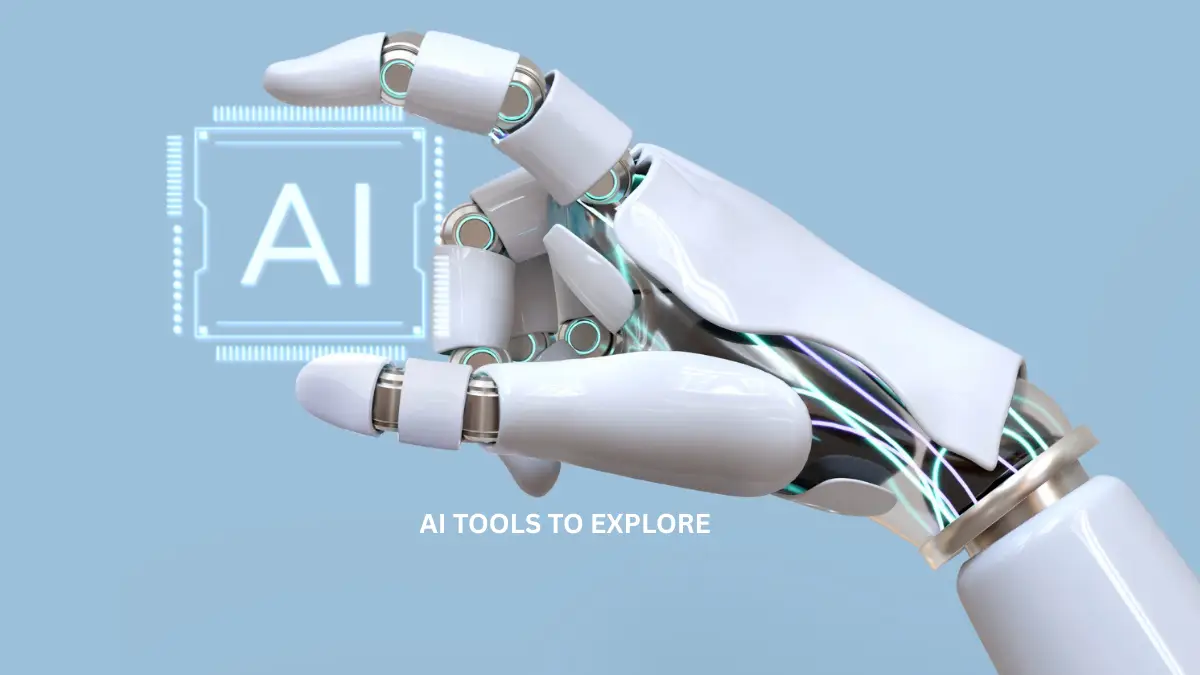6 Types of Cyber Security Threats

Can you imagine your life without the internet? We are sure you would be shaking your head in disapproval. Surviving without the internet in this digital age is like living without water. We are saying this because all our daily functions are dependent on this incredible piece of technology. We turn to it in both our happy and sad times.
If we’re in the mood for some entertainment, we employ the internet, if we feel like ordering a delicious meal, we utilize the various food apps powered by the internet, if we have a project due that needs some research, we access countless articles thanks to the internet. Hence, in simpler words, this blessing in our lives fuels almost everything.
However, let us not forget that life is full of imperfections, and as is with everything, the internet has some drawbacks that need to be addressed in a timely manner. The difficulty that digitization poses are around the preservation of the enormous volume of data that is generated every day.
Since all our activities are online, we tend to save our personal as well as financial information on the internet. And this is a very risky approach because, in today’s world, hackers have become very common.
These criminal-minded individuals seek to damage or rob you of your personal data thus disrupting your digital life. You can’t fully avoid these threats, however one safe approach would be to sign up with an Internet Service Provider like wave internet español that guarantees network protection. This way you would be able to protect yourself from hackers to some extent. You could also regularly change your passwords, update your system, avoid clicking on suspicious websites, etc.
Moving on, there are several reasons for cyber security threats; however, the main reason is money. Moreover, ransomware has evolved to be more sophisticated than ever, which further enhances the risk of cybersecurity threats. Because of this, it is critical to keep an eye out for cyber security dangers and take the assistance of experts who can identify the underlying problems and provide help.
This intro might make shivers run down your spine, but suppress these feelings of intimidation as we are about to walk you through some of the major cybersecurity threats in this article. By the end of this article, you would be able to identify the various threats and keep yourself safe in the future. Good luck!
1. Malware
Malware is a malevolent software that specializes in infecting laptops, desktops, tablets, smartphones, etc. It is set in motion as soon as a user downloads a suspicious link or attachment.
Just this simple act of clicking on a dangerous link ends up installing this harmful software. Malware once activated can download more detrimental software. Moreover, it can damage other individual components, making the system entirely unusable.
2. Phishing
A phishing attack is a very intimidating cyber security threat. The type that haunts you in your dreams. Some people even consider it their worst nightmare. This attack involves a hacker imitating a credible contact and sending the victim forged messages as well as emails.
How does this help the hacker? Well, these cunning attackers get access to the personal as well as financial information of the victim as soon as that poor soul opens the message or the email.
3. Password attacks
Your password is like a key to your most treasured possessions. Using the authentic password, a hacker can gain access to a plethora of information. According to Data Insider, social engineering is a sort of password assault that ‘relies primarily on human interaction and frequently involves persuading users into breaching common security procedures. Accessing a password database or blatant guessing are two other types of password attacks.
4. Man in the middle
Another name for this security attack is an eavesdropping attack. This assault revolves around a hacker becoming the third-wheeler in a two-party conversation. The main aim of this attacker is to swindle as well as exploit data.
The hacker then intercepts the client-server communication and directs it through him. As soon as the hackers succeed in ambushing the communications, they get access to the user’s personal, financial, and sensitive information.
5. Water hole attack
This cybersecurity threat is targeted toward big companies and organizations. This fraudulent activity occurs when cybercriminals or hackers infect a website that a specific organization frequently visits.
To avoid this digital risk, the best approach is to learn the art of recognizing malevolent scripts. You should take the scripts off the website in case you suspect something is amiss.
6. Drive by attack
In a drive-by attack, malicious code is transferred onto your device or system. You don’t need to do anything, such as open an attachment. The best anyone can hope for is to avoid shady websites in order to avoid such risks. Such questionable websites can easily be identified if you utilize a reliable antivirus program.
Final words
Cybersecurity attacks are inevitable in this truly digital world. However, with the right kind of guidance and learning, you would be able to deal with these attacks in a much more efficient way. We hope this article would help you in identifying and comprehending the various cybersecurity threats. Stay safe!
Read more: To Protect and Prevent: How CCTV Cloud storage can help enterprise security.







